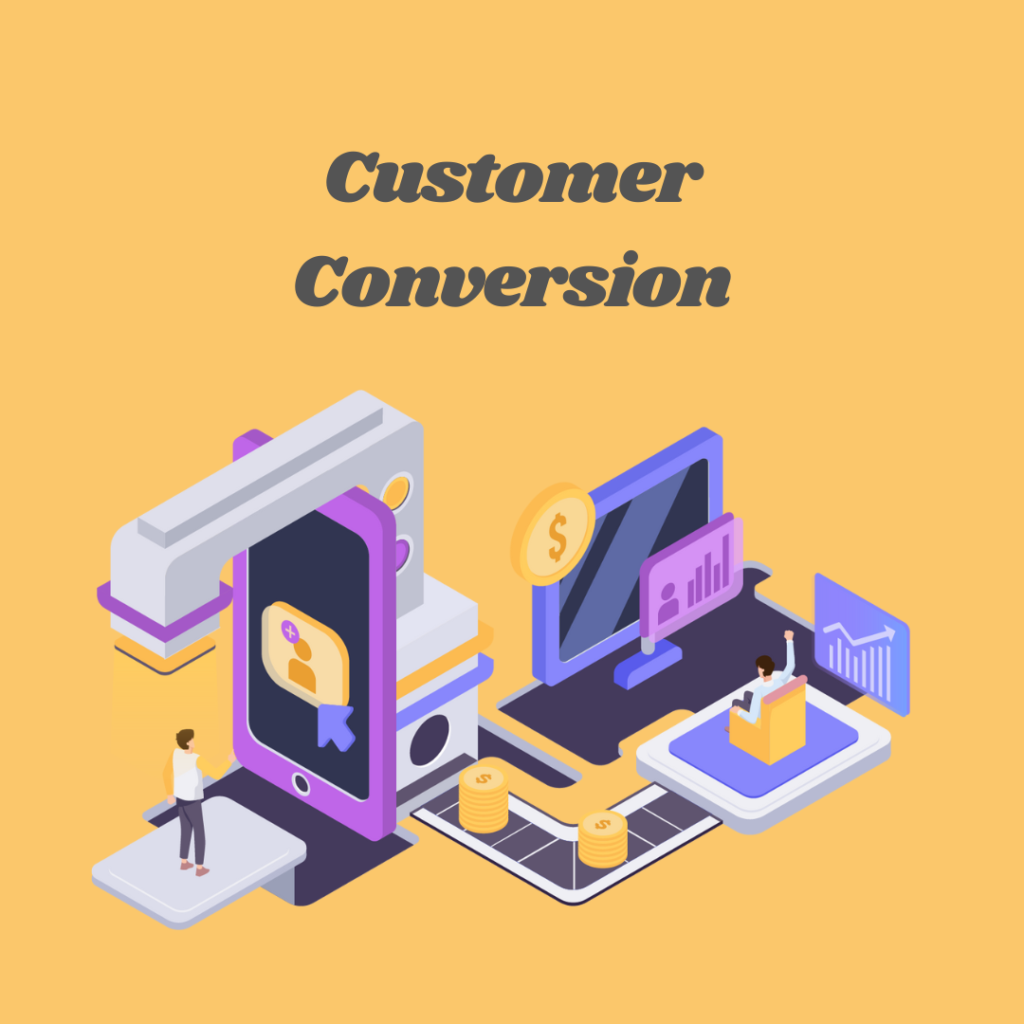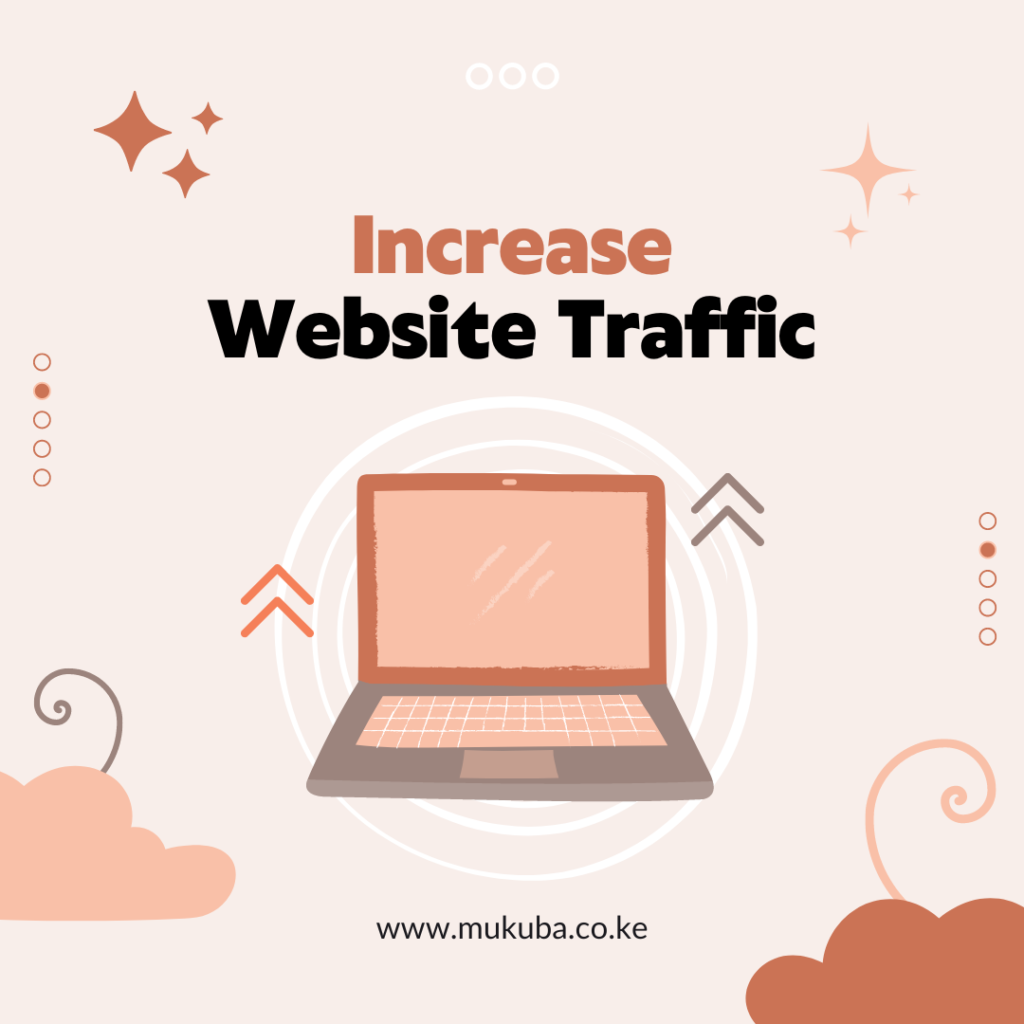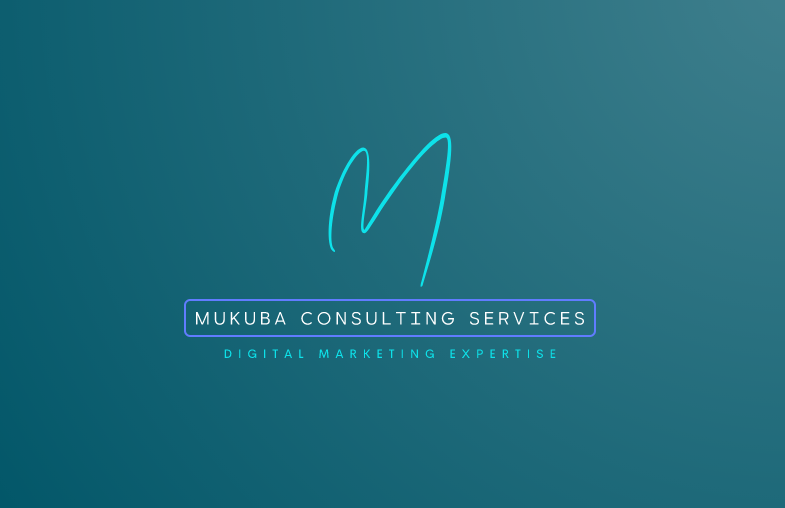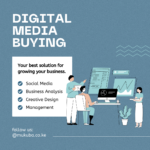
Digital marketing goals are a set of objectives that help the company reach its purpose using digital channels.
Every business out there has a purpose, it could be a for-profit or a non-profit business. But all these organizations have been created with a purpose. The for-profit businesses are there to make money through selling goods and services. The non-profits are designed to solve social ills in the society.
Both companies have a purpose, and they are achieved by setting goals. Goals are objectives that an organization comes up with to reach their main purpose within a time frame.
Without digital marketing goal the business and employees will be involved in a lot of activities without producing any tangible results. With goals, a business can find out where it is, where it is going and how much progress it has made from the start. With the same goals in mind different strategies can be employed to reach them.
Many businesses set out having either no goals or broad goals that can’t be properly defined. After a period, the clients, employees, and other stakeholders become frustrated because they feel like they can’t accomplish anything.
Defining goals

Goals should be aligned to the business’ marketing objective and overall business objective. They are meant to set expectations and motivate the employees. Goals that are plain help the business realize what they can or cannot do with the resources available.
When setting up a digital marketing goal, the business should consider whether it has:
- Staff
- Resources
- Tools
- Time to invest
- Knowledge and expertise
- End goal of marketing
Web users mainly visit websites for 3 main purposes:
- Informational – they are looking for solutions to a problem they are having
- Purchasing – they want to buy something, compare different items, and see reviews
- Knowledge – they would like to learn something new or how to use a certain item.
As a business, it should understand which of the 3 purposes they are offering and come up with goals that will supplement them.
Digital marketing goals are best set at the beginning of a financial year. These goals would match the businesses’ marketing plan.
Goals can be classified into short- and long-term goals. Short-term goals are the ones reached within a few weeks or months. Long-term goals are reached within a couple of years. Short-term goals should feed into long-term goals.
Long-term goals are set in the future and may seem hard to get now with the available resources hence the need to break them down in to short-term goals.
Short-term goals are for quick and easy wins to motivate the business to work harder to get what they really want.
A good goal would be something like:
“I want 50,000 new online customers this financial year, at an average cost per acquisition of £2.5 with an average profitability of £4.”
This is a very good goal because it is highly focused, provides a finite number of relevant metrics, will most likely result in actionable insights, and has a set timeframe. Although there are a lot of numbers there, they are all directly related to building a profile of the ideal customer.
While a bad goal would be:
“I want more web traffic, leads, and sales.”
This is a bad marketing goal because it is unspecific, not very actionable, or relevant, and offers no timeline for improvement. A better marketing goal would be:
SMART

To help define goals, they should be S.M.A.R.T. this is an acronym for Specific Measurable Attainable Relevant and Time-bound.
Specific
The goals that the organization has stated should be well-defined and clear. It should be detailed enough that anyone who is involved in digital marketing would understand what is required.
This will also help team members know the set of objectives that need to be worked on and how to measure success. It will also help team leaders to have clarity in decision-making.
Measurable
The goals in question should have qualitative and quantitative attributes that can be measured. They can be measured through useful metrics either through Google analytics or any other statistical model. For example, you can use metrics from Google ads and Facebook Ads.
When the goals are measurable, it is easy to see where you are, how far you have come and lastly how far off you are from the goal. With measurable attributes
Attainable
Goals are meant to improve one state of the business to the next. Although there are times when goals are set, and they can’t be achieved for one reason or the other. The goals set should be achievable in that the organization has the resources to do so, manpower or skills and lastly how much time is required.
The goals shouldn’t be out of reach in that the business will set itself up for failure.
Relevant
The goals should be within the purview of digital marketing. Many times, goals are set in away that fall under digital marketing. For example, there are businesses that would want to be on every social network to increase branding. The problem comes in that not all social networks work for all businesses. For example, LinkedIn is well known for business-to-business. Trying to get a large following there for selling fashion items would be a waste of time.
Time-bound
All goals should have an expiry date. A goal should be accomplished within a few months or the financial year. Goals that don’t have an end date are merely wishes. The time frame gives the team a sense of urgency to change things and keeps them from falling back to past behaviours.
Digital Marketing Goals
Here are a few digital marketing goals that an e-commerce business can try and achieve:
1. Conversions

The goal of any digital marketing campaign is to get conversions. A conversion is any desirable action a user does that the digital marketer wants. Conversions can be in the form of sales, leads generated, any material downloaded, and email submitted.
Digital marketing campaigns are meant to get more conversions over a period. These conversions lead to revenue and profit. When they are measured against cost, they prove to be either profitable or loss related.
- Leads
A business whose goal is to get more leads will heavily rely on digital marketing. Leads are gotten through organic or paid channels. The organic channels can be done through creating great content (emails, blogs, social media posts) that convince potential clients to become customers.
Through digital marketing the leads who have been dormant in that they haven’t bought anything or have bought something in the past can be reengaged. This is mainly done through remarketing and email remarketing. New information can be sent to the clients to encourage them to buy again. This will keep them thinking of the business. This has the inherent benefit of increasing the lifetime value of the clients.
Its not enough just to get leads to the business but they must be qualified leads who the sales team can work with to generate business. Through digital marketing, you can control who comes to your website by targeting the right people. This can be done through working with buyer personas and using paid ads. The better the quality of leads the more revenue that is gotten.
Lastly through digital marketing campaigns there will always be a good number of leads coming to the business. If you are to consider SEO, many websites keep getting leads throughout the period the site is number one.
- Sales
If the business is running an ecommerce business where products are sold, then digital marketing is the best way to go. The products or services can be marketed through Google and Facebook ads to get customers who will buy.
Digital marketing helps to shorten the sale cycle. It is well known that there is information everywhere and each customer is looking at it to help making the purchasing decision. If information is provided to the client through various touch points like for example emails, social media posts and blogs. The potential client will be more inclined to buy from the business. Many of the objections will be answered through the information provided.
2. Communication

Beyond getting a customer is getting a loyal customer who will keep buying and referring the business to his or her friends. Digital marketing through social media and email marketing campaign can help by creating a community of loyal consumers.
These loyal customers become advocates and brand promoters where they will actively participate in the social media channels praising the business. Facebook and twitter are the best platforms as it allows the users to interact with each other as well the business. Social media sites create an community of loyal clients and they are able to share their experiences.
The metrics the business would look at to see how successful they are doing are:
- Email open rates
- Social interactions and comments
- Mentions and shares on social media
3. Adding value

Digital marketing can add value to a business. Through digital marketing channels the company can communicate to the clients providing them with extra information that they could be required. Customers can go through a website and find contact details of the company and get any issues they have solved.
Through the live chat services that are available on the most websites, customers can better understand the products or services being sold.
Through social media, customers can engage with each other on the services and products to help each other and get official communication from the company.
4. Save costs

The other goal is to save on costs. Digital marketing has proven to be cost-effective in that if a certain marketing channel isn’t working it can be stopped. Unlike other traditional media where one must wait for the end of the campaign to weigh if it was successful or not.
Using Google ads or Facebook ads, one can see which campaign is bringing in results. Successful campaigns can get extra funding, and this would be the best use of the money.
Digital marketing can be very expensive especially if not done correctly but when done so the users have expressed making more money than traditional media campaigns.
5. Branding

People buy from companies they know, and trust. The only way consumers will buy from one company as opposed to the other one is because they know it better. This in a nutshell is what is referred to as branding.
Digital marketing is great for brand building. It means more than establishing a logo and company name in the minds of clients but also what the business stands for.
The internet is great for branding as it has a wider reach and allows to directly connect with potential clients.
Brand building is a continuous process and doesn’t have a time frame. Although it is not directly linked to sales, having a better-known brand has helped to increase sales.
Brand building involves consistent communication with clients so that they would learn the values of the company as well as the products or services being marketed.
Branding can be done through search engine optimization where a website is seen on page one of Google and using social media channels. Companies are expected to have an online presence through Facebook, Twitter, LinkedIn, and Pinterest. Where it can positively engage with potential and current clients.
6. Traffic

Digital marketing involves marketing the business on the internet. The success and failure of a business that is online will depend on the traffic it gets. There number of site visitors is very critical to a website. Websites that have few users tend to have lower clients but at the same time websites that have many unqualified traffic also have few customers.
A digital marketing goal here would be to increase qualified traffic throughout the lifecycle of the product or service. One of the goals could be increasing the number of site visitors by 10% every month or double the users in 6 months.
To increase relevant traffic to a website, the site owner can use paid or free methods. Paid traffic includes using Google and Facebook ads; or any other pay per click medium. Free methods involve the use of Search Engine Optimization.
Both methods target qualified traffic or specific personas who would increase the ROI as well as the bottom line.
SEO like branding should be worked on from day one so that the site will appear on page one of Google as soon as possible. SEO is complicated and would require hiring a digital marketing firm to get results sooner.




[…] you start guest posting you need to define your “why” clearly. Your why would be your goals. Before you start typing out 1000+ words you need to know why you are guest posting. What goals are […]
[…] website should have a specific goal and each web site page should have mini goals. The main goals for a website could […]
[…] Clear goals help map the right tactics, track campaign performance and optimize accordingly. They also demonstrate the value of your festive efforts to stakeholders. […]